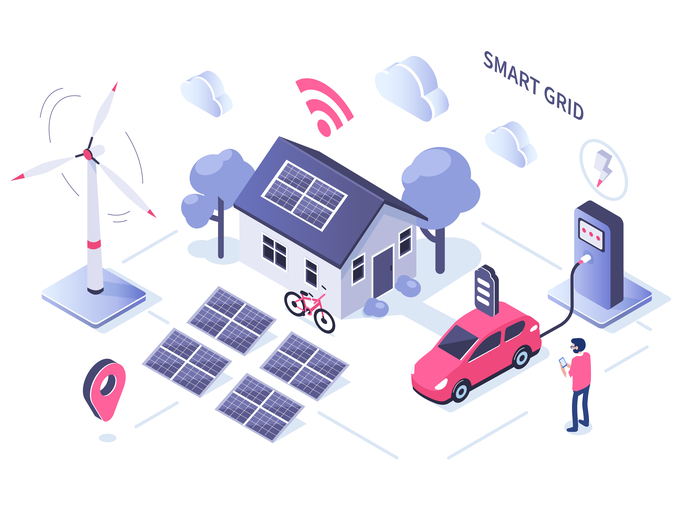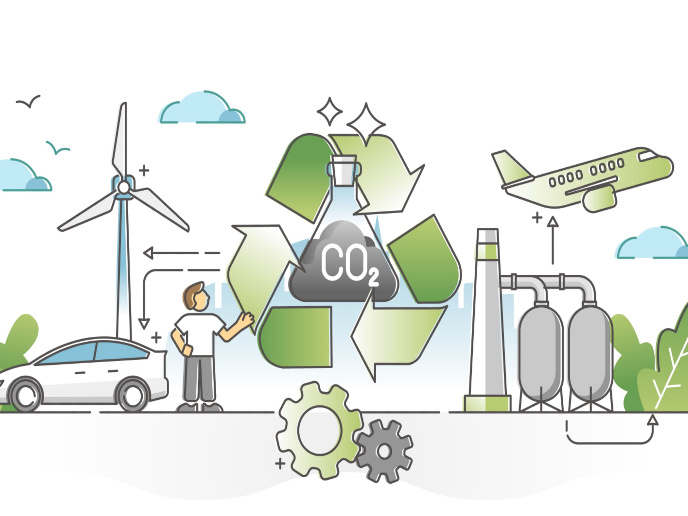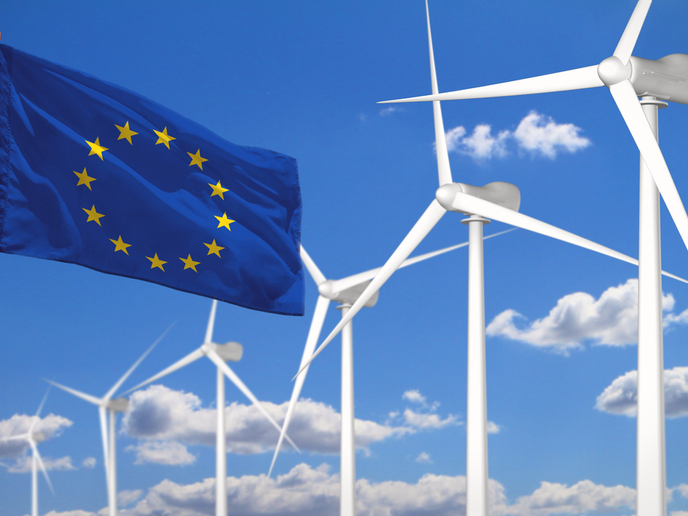Plugging smart parts into the future energy grid
Intelligent technologies are crucial for all parts of a power system – from generation, transmission and distribution, to consumption. The result is a more responsive, efficient and environmentally friendly system. The CONNECT initiative has achieved significant peak demand reduction by integrating photovoltaics and battery storage to reduce dependency on primary energy sources, therefore reducing the CO2 footprint.
Smart and efficient power to the people
“In four CONNECT use cases throughout Europe - Germany, Italy, the Netherlands and Spain, bidirectional converters achieved up to 98.5 % efficiency,” says Holger Schmidt, CONNECT project coordinator. Bidirectional energy flows optimise distributed generation, such as photovoltaic panels on building roofs. “Even small efficiency improvements have a huge impact due to the high power involved, up to 300 kW,” he explains. CONNECT smart energy management was able to reduce the power demand, especially in peak demand periods. Strategies included effective load scheduling, smart use of energy storage and efficient utilisation of renewable energy sources matching demand and supply. The CONNECT communication infrastructure achieves the highest level of communication security (end to end) and, at the same time, interoperability at high and scalable data rates. This provides the vital basis for realisation of both the optimal utilisation of converters and the execution of energy management procedures.
Energy flow control at a ‘park and ride’ in the Netherlands
CONNECT showcased controllable energy flow at the Transferium in ‘s-Hertogenbosch, the Netherlands. Where energy-conscious commuters and shoppers leave their cars and continue their journey with public transport or bike, the focus was on grid optimisation and stabilisation in a real-life microgrid infrastructure for electric vehicle charging. Peak power reduction through load scheduling was demonstrated through the cooperative interaction of the subsystem photovoltaics, battery system, fast charging for buses and slow chargers for cars. Measurements showed that the overall system can reduce the active power taken from the main grid (particularly by the new 100-300 kW fast high-power bus charger) during charging intervals. A battery setpoint, which can be optimised for different kinds of grid services, is therefore effective in following the charger demands and its effect on the grid connection. “Our data suggest that it’s feasible to achieve at least 50 % power reduction if stationary battery converters combined with PV are added to complement the microgrid,” Schmidt notes.
Cooperative energy management
For monitoring energy demand control, CONNECT looked at a group of buildings in Poblenou, Barcelona. Two residential buildings, two schools, a civic centre and an office building with diverse power consumption profiles were monitored throughout the seasons – in summer, a weekday and weekend, as well as a winter weekday and weekend. Demand reduction, the percentage of the total power use apart from the main grid, ranged from 32 % up to an impressive 71 %, while during peak demand hours, the demand reduction ranged from 34 % to 46 %. Schmidt explains: “The high reduction was achieved during summer days as power generated from photovoltaics was at its greatest.” The future for CONNECT work is bright and partners will exploit the achieved results at component and subsystem level, for example by integrating the achievements to improve products or generating new ones. “Second, building on the CONNECT results, we were able to develop the follow-up proposal PROGRESSUS, also EU-funded, which started in April 2020 and will run for 3 years,” concludes Schmidt.
Keywords
CONNECT, grid, peak demand, energy management, bidirectional, smart grid, power conversion







